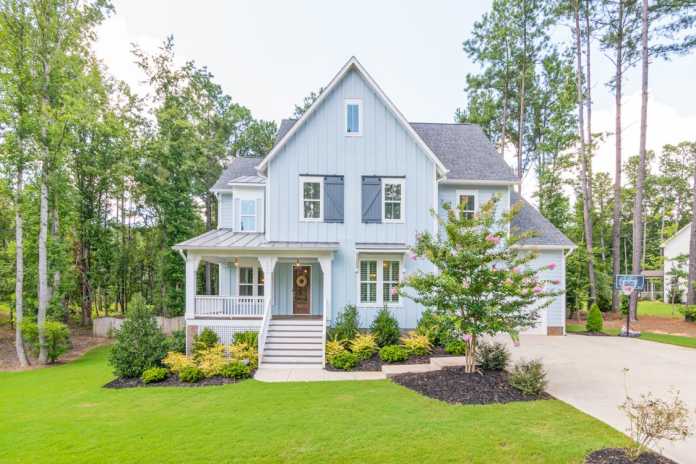The increasing adoption of remote work has brought a significant shift in housing preferences. It has essentially changed how people live. Unlike before, individuals now consider factors beyond office proximity when looking for homes or apartments. This flexibility has encouraged massive migration from dense cities to rural and suburban areas. As remote work continues evolving, its influence on housing preferences will persist. Below are a few notable changes in the housing market brought about by remote work.
Changes in Location Preferences
A shift in location preferences is probably the most significant impact of remote work on housing preferences. Before adopting this work model, most employees preferred living in urban areas close to their workplaces. Better-paying jobs and essential amenities contributed to urban migration.
However, the flexibility that comes with working remotely has changed this dynamic. People can now look beyond these factors when choosing where to live. As working remotely becomes a norm, people are moving away from the costly urban centers that are densely populated.
Modern home buyers now prioritize rural and suburban areas. Suburban areas are now prime locations for remote workers. Rural areas are also appealing to homebuyers. Working remotely means employees can move far away from towns without sacrificing their careers. This has made smaller towns with picturesque landscapes and slow pace of life attractive options.
Flexible and Adaptable Homes
Modern home buyers also focus on the flexibility and adaptability of their housing options. The uncertainty of remote work policies and evolving work-life balance means that potential buyers and renters should prioritize homes that can easily adapt to their changing needs. Developers and other players in the industry, including cash home buyers like https://coastlinehomebuyersva.com/va/newport-news, need to provide flexible and adaptable properties.
Homes with flexible home plans are currently a key trend. Adjustable floor designs mean homeowners can reconfigure the space to serve multiple purposes. For instance, they can transform the home office into a guest bedroom at night. This versatility is important for remote workers who need a living environment that supports various activities without major renovations.
Homes with multi-functional spaces are in demand. These spaces are designed to serve several purposes, allowing homeowners to maximize their space. For instance, the dining space may double as a conference room during working hours. The ability to switch up enhances the overall functionality of the home.
Focus on Space
The adoption of remote work has also changed how people value spaces in their homes. With more people working from home, the demand for larger living spaces is rising. This trend is further driven by homeowners looking for a space accommodating their professional and personal activities.
The most important factor is the presence of dedicated home office spaces. Before the pandemic, employees occasionally telecommunicated and used makeshift workplaces in their homes. However, with remote work becoming a full-time reality, there is a need to have a separate office space. This boosts productivity and creates a boundary between home and work life.
Similarly, homeowners have placed more emphasis on roomy living spaces. As they spend more time at home, they want comfortable living spaces to unwind and relax. This has also made outdoor spaces a top priority.
Endnote
The newfound work flexibility has reshaped the real estate market. Individuals and families can move from urban to suburban areas for larger homes and outdoor spaces. This has spurred a boom in suburban and rural housing markets. Similarly, developers in urban centers have responded by focusing on properties that meet the demands of modern homebuyers.


